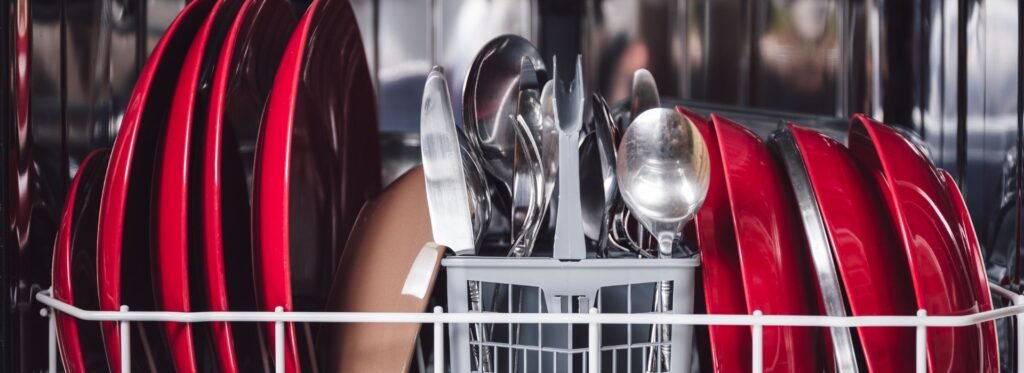Some of the world’s most groundbreaking inventions were born from the minds of those who dared to dream big. One such invention is the modern dishwasher, which has its roots in the vision of Josephine Cochrane. There was a time when people washed dishes in large tubs or under the sink, and while the early dishwashers performed the basic task, they often caused damage to delicate items. This frustrated Cochrane, particularly when it came to washing her fine china.
A wealthy socialite by background, Cochrane grew tired of the wear and tear caused by conventional dishwashers on her expensive dishes. Determined to find a solution, she famously declared, "If nobody else is going to invent a [mechanical] dishwashing machine, I’ll do it myself." In 1858, Cochrane set out to create a machine that would revolutionize dishwashing. Unlike previous models that used scrubbers, her design employed water, which was a game-changer.
With the help of mechanic George Butters, Cochrane designed the first dishwasher prototype. She carefully measured the dimensions of plates, cups, and saucers to create compartments that would fit these items perfectly. The machine also included a soap container and a wheel inside a copper boiler to circulate water. Although initially designed with homemakers in mind, the dishwasher's high price made it more attractive to hotels and restaurants.
In 1886, Cochrane received a patent for her invention, and by the early 1890s, she founded the Garis-Cochran Manufacturing Company to produce the dishwashers. By 1926, her company was acquired by KitchenAid, which is now part of Whirlpool. It wasn’t long before dishwashers became common in households across North America and Western Europe, with widespread adoption beginning in the 1970s. Cochrane’s ingenuity and determination had paved the way for a household essential that millions of people rely on today.


Add a review